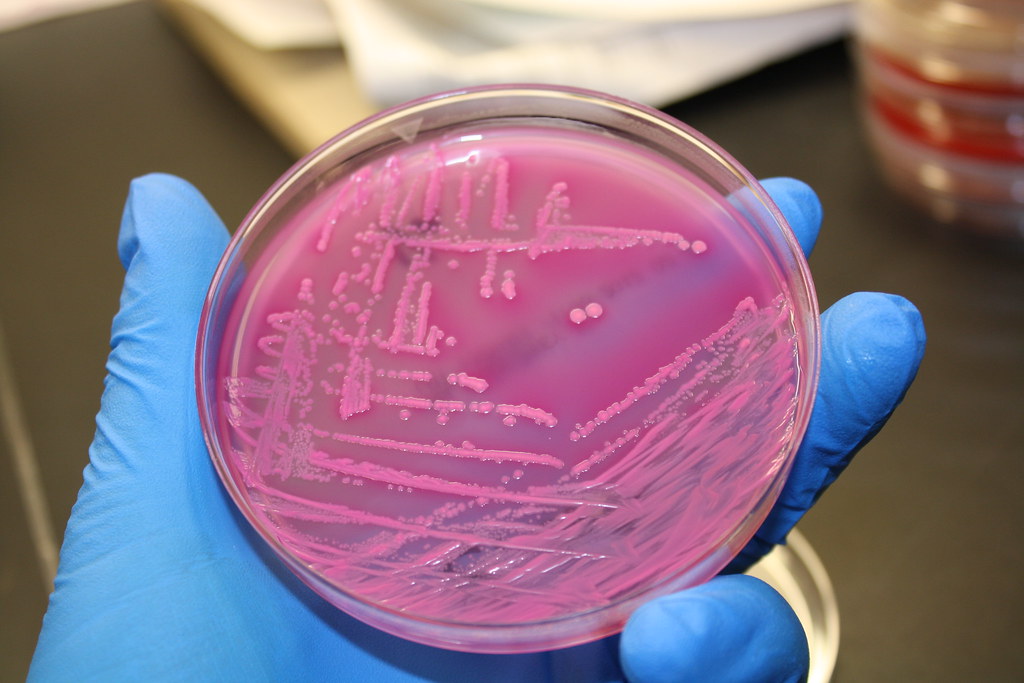Researchers at the Wyss Institute at Harvard University has successfully tested a genetically engineered signaling bacteria within a mouse’s gut. Having known that the many types of bacteria in the human gut can communicate through “quorum sensing” , researchers set to observe a particular type of quorum sensing, acyl-homoserine lactone sensing, which has not been observed in the mammalian gut. They wanted to test if using that particular type of signaling could create a genetically engineered bacterial information transfer system.
Using a strain of E. coli bacteria, they created two different colonies, each with a different genetic change: one was the “signaler”, it contained a copy of the luxl gene which produces a quorum-sensing molecule when activated, and the other was the “responder”, which contained a “cro” gene turning on a “memory element” in the responder. This “memory element” expressed another copy the the pro gene, which allowed for the loop to continue, and the LacZ gene, which made the bacteria turn blue!
LacZ gene expression – Photo credit to Viraltonic on Wikimedia Commons under Creative Commons License
The researchers analyzed fecal samples of mice given signaler and responder E.coli and they were happy to see the signal transmission, blue coloring, was evident in the samples. This result meant that they had created a functional communication bacteria system in the mouse’s gut.
The researchers then repeated their experiment with a different type of bacteria, S. Typhimurium, as the “signaler” and E. coli as the “responder”, and they were pleased to see similar successful results. They were able to successfully confirm that is possible to genetically engineer these communication circuits between different species of bacteria in the mammalian gut microbiome.
These tests are merely stepping stones for the bigger goal of creating genetically modified bacteria that will help humans in various different ways: detecting and or curing diseases, improving digestion, and so on. Isn’t it cool that something we barely realize is inside us has such a developed communication system that we might soon be able to cultivate more benefits from? What do you think would be some other benefits to be being able to genetically modify our gut microbiomes?



Leave a Reply